Yesterday was the first day of banding at Niagara Boat Launch. Once again we had sunny, windy and cold temperatures. Individually, each of these conditions usually mean poor netting success, so I didn't have very high hopes. Surprisingly, we caught a few more birds than on the 17th, and a couple of migrants at that.
Because we're targeting migrants, our nets are fairly close to each other. This made life difficult for the resident Song Sparrow. He found three of the nets during the morning, and wasn't happy about it at all.
We also caught 3 American Robins. I'm not sure whether they're all migrants or residents, but so far all of them have been males.

They're really noisy and don't like being handled.
Most of them have been Second-Year (SY) birds, which is usually pretty easy to determine by looking at their tails and wings.
This one has a more pointed tail feather on the right and more rounded one on the left. I used some other criteria to age him as SY.
We also caught two Hermit Thrushes. They're short-distance migrant and show up earlier than Swainson's and Gray-cheeks, who have to fly up from the tropics. Both were pretty fat, so they were most likely continuing onwards.
The contrast in color between the duller back and brighter tail is a very nice field mark.
Ageing thrushes is very easy if they've retained any of their greater wing coverts (more on this later). If the coverts don't show anything, one can look at the outermost flight feather (P10). In thrushes it's very small, but on older birds it's pointed, while on younger birds it's rounded.
On the first bird of the morning P10 had a blunt tip, indicating that this was a SY Hermit Thrush.
On the second bird, P10 was pointed, indicating that this bird was at least two years old, or "After-Second-Year" (ASY) in banding code.
The biggest surprise of the day was this House Wren. He's definitely a bit ahead of schedule.

Today I banded at Erie Bluffs, but more on that tomorrow.
Because we're targeting migrants, our nets are fairly close to each other. This made life difficult for the resident Song Sparrow. He found three of the nets during the morning, and wasn't happy about it at all.
We also caught 3 American Robins. I'm not sure whether they're all migrants or residents, but so far all of them have been males.

They're really noisy and don't like being handled.
Most of them have been Second-Year (SY) birds, which is usually pretty easy to determine by looking at their tails and wings.
This guy is a little different, juvenile feathers on the right and adult on the left. He probably lost the feathers on the left during the winter and they grew back as adult type.
This one has a more pointed tail feather on the right and more rounded one on the left. I used some other criteria to age him as SY.
We also caught two Hermit Thrushes. They're short-distance migrant and show up earlier than Swainson's and Gray-cheeks, who have to fly up from the tropics. Both were pretty fat, so they were most likely continuing onwards.
The contrast in color between the duller back and brighter tail is a very nice field mark.
Ageing thrushes is very easy if they've retained any of their greater wing coverts (more on this later). If the coverts don't show anything, one can look at the outermost flight feather (P10). In thrushes it's very small, but on older birds it's pointed, while on younger birds it's rounded.
On the second bird, P10 was pointed, indicating that this bird was at least two years old, or "After-Second-Year" (ASY) in banding code.
The biggest surprise of the day was this House Wren. He's definitely a bit ahead of schedule.

Today I banded at Erie Bluffs, but more on that tomorrow.





